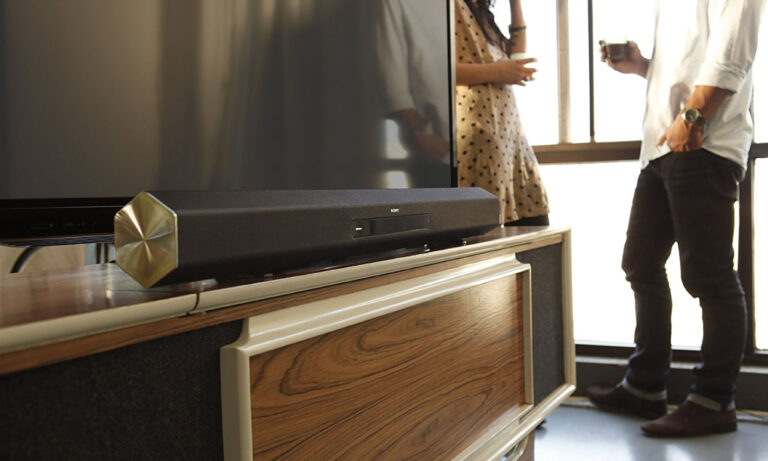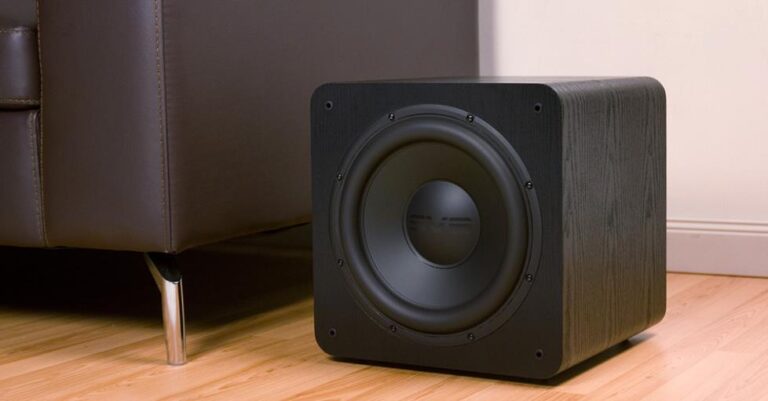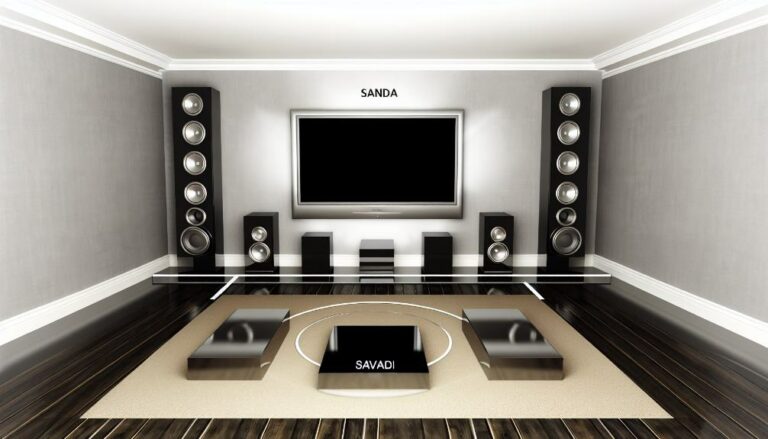In the realm of audio reproduction, the pursuit of superior sound quality is a noble and enduring endeavor. The ability to optimize speaker setup plays a crucial role in achieving this goal. By carefully considering the various factors, one can create an environment that maximizes the fidelity of stereo speakers and an immersive experience.
This article aims to provide a comprehensive guide to optimizing speaker setup for superior sound quality.
The first step in this process is selecting the appropriate type of speaker system, such as passive or powered models. Additionally, the use of speaker stands, and their positioning in relation to walls or shelves can greatly impact the overall sound quality.
The height of the tweeters in relation to the listener’s ears, the creation of an equilateral triangle between the speakers and the listener’s head, and the distance from the wall are all crucial aspects to consider. Furthermore, angling the speakers towards the listening seat and addressing any reflective surfaces in the room can further enhance the audio experience.
By following these guidelines and employing a methodical approach, individuals can optimize their speaker setup to achieve the pinnacle of sound quality.
Key Takeaways
- Position speakers away from walls or shelves to avoid interference with sound quality.
- Use speaker stands to ensure proper height alignment with ears for optimal sound.
- Set up an equilateral triangle between the speakers and the listener’s head for a balanced sound.
- Clear out reflective surfaces and use rugs, curtains, or tapestries to absorb sound reflections and enhance sound quality.
Setting Up Stereo Speakers
The process of setting up stereo speakers involves considering factors such as speaker type, positioning, and room acoustics to ensure optimal sound quality.
It is important to place the speakers away from walls or shelves to minimize sound reflections when positioning them. Speaker stands should be used for smaller speakers, and their height should be chosen based on the seated ear height. To achieve the best sound, the tweeters should be at the same height as the ears.
Additionally, angling the speakers towards the listening seat can further improve the sound quality. Clearing out the room of reflective surfaces, such as rugs, curtains, and tapestries, can also help in reducing sound reflections.
The speaker setup can be optimized for superior sound quality by fine-tuning the sound using music as a guide.
Best Speaker Placement
Positioning speakers correctly in a room can create a harmonious symphony that transports listeners to a realm where music becomes an immersive experience.
Achieving ideal speaker positioning is crucial for optimizing sound placement and maximizing audio quality. It is recommended to follow certain guidelines to ensure the best sound reproduction.
Firstly, speakers should be positioned away from walls or shelves to avoid sound reflections and interference.
Secondly, tweeters should be at the same height as ears for optimal sound dispersion.
Additionally, setting up an equilateral triangle between the speakers and the listener’s head is important to achieve a balanced soundstage. Lastly, angling speakers towards the listening seat can enhance sound projection.
By carefully considering these factors and fine-tuning the speaker placement, listeners can achieve superior sound quality and a more immersive listening experience.
| Ideal Speaker Positioning Tips |
|---|
| Position speakers away from walls or shelves |
| Place tweeters at ear level |
| Set up an equilateral triangle between the speakers and head |
| Angle speakers towards the listening seat |
Enhancing Sound Quality
Enhancing the overall auditory experience involves considering various factors that can positively impact the reproduction and perception of audio. One important aspect is the implementation of acoustic treatment options.
These options can help to minimize unwanted reflections and echoes in a room, which can greatly improve sound quality. Common acoustic treatment options include the use of rugs, curtains, tapestries, and acoustic panels. These materials absorb sound reflections and prevent them from interfering with the direct sound from the speakers.
In addition to acoustic treatment, speaker positioning techniques also play a crucial role in enhancing sound quality. Proper placement of speakers can optimize sound imaging, soundstage, and overall balance. This includes positioning the speakers away from walls or shelves, angling them towards the listening seat, and creating an equilateral triangle between the speakers and the listener’s head.
These techniques help to ensure that the sound reaches the listener clearly and is balanced, providing an immersive and superior listening experience.
Frequently Asked Questions
What are the benefits of using speaker stands for stereo speakers?
Using speaker stands for stereo speakers offers several benefits. They elevate the speakers to the ideal height, creating an equilateral triangle with the listener. This positioning enhances sound imaging, clarity, and overall listening experience. Additionally, speaker stands reduce vibrations and resonance caused by contact with surfaces, resulting in improved sound quality.
How can reflective surfaces in a room affect the sound quality of stereo speakers?
Reflective surfaces in a room can negatively impact the sound quality of stereo speakers. These surfaces cause sound waves to bounce off and create unwanted echoes and reverberation. Techniques for minimizing sound reflections include using rugs, curtains, and tapestries to absorb sound, as well as clearing out the room of reflective surfaces. These measures help improve the overall audio experience by reducing distortion and maintaining clarity. The impact of room acoustics on speaker performance is crucial to consider when optimizing speaker setup for superior sound quality.
Are there any specific recommendations for choosing speaker stands based on seated ear height?
Several factors should be considered when choosing speaker stands based on seated ear height. These include the height and adjustability of the stands, ensuring that the tweeters are positioned at ear level for optimal sound quality and imaging.
Can angling the speakers towards the listening seat improve sound quality?
Angling the speakers towards the listening seat can improve sound quality. This improved speaker positioning helps to create a more immersive listening experience by directing the sound waves toward the listener’s ears, enhancing stereo imaging, and reducing unwanted reflections. Optimal speaker placement is crucial for achieving the best sound reproduction.
What are some examples of materials that can help absorb sound reflections in a room?
Examples of sound-absorbing materials that can help improve room acoustics include rugs, curtains, and tapestries. These materials have the ability to absorb sound reflections, reducing echo and enhancing sound quality in a space.




